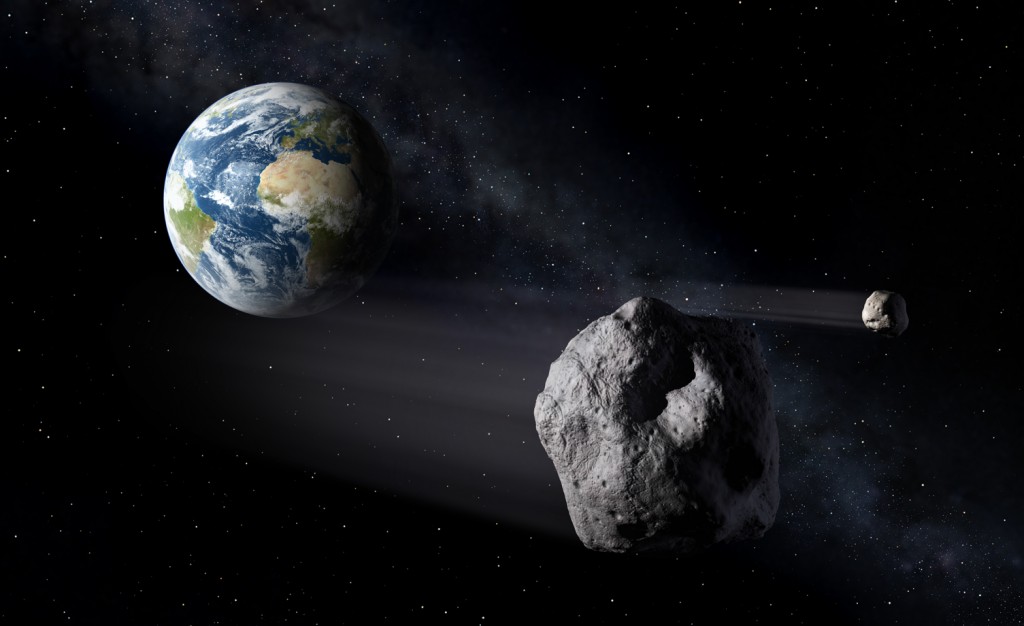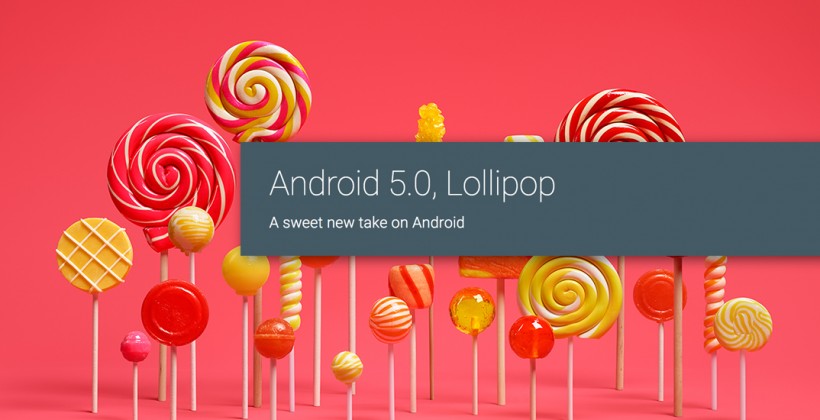Disseminating misinformation is ridiculously easy in this age of the internet, and there are many unscrupulous people who are only willing to take advantage of it. The most recent and completely unsubstantiated scare play on the fears and imagination surrounding one of our favorite doomsday scenario in recent years: that of asteroids wiping out all trace of intelligent life on Earth. However, NASA’s Near-Earth Object Observations Program is reassuring that public that no giant asteroid is coming to destroy a good chunk of our good ole’ planet any time soon.
According to the doomsday prediction reproduced in many blog posts and clickbait-y websites, the initial claim was that an asteroid will hit near Puerto Rico between Sept. 15 and 28, destroying the Atlantic and Gulf coasts of North, Central and South Americas.
“There is no scientific basis — not one shred of evidence — that an asteroid or any other celestial object will impact Earth on those dates,” Paul Chodas, manager of NASA’s Near-Earth Object office at the Jet Propulsion Laboratory in Pasadena, California, said in a statement. “If there were any object large enough to do that type of destruction in September, we would have seen something of it by now.”
Astronomers based at the Near-Earth Object office and other institutions around the world use a variety of telescopes to hunt for potentially hazardous asteroids and comets, and they haven’t observed anything that poses a serious threat to Earth for the foreseeable future, NASA officials said.
“Again, there is no existing evidence that an asteroid or any other celestial object is on a trajectory that will impact Earth,” Chodas stressed. “In fact, not a single one of the known objects has any credible chance of hitting our planet over the next century.”
However, this is not to be construed as claim that Earth won’t get hit by a cosmic object next month. Our planet is pelted by dust and chunks of space rock all the time, but almost all of this material is so small that it burns up harmlessly in Earth’s atmosphere.



